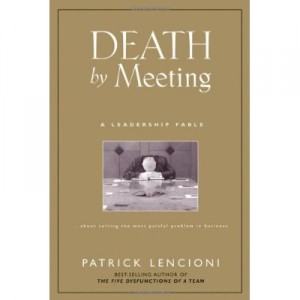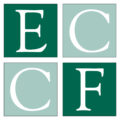Are Your Meetings Making You Crazy? Fix them!
 Does your organization hold meetings that seem to go on forever, that try to solve world hunger, but in which nothing really seems to get done? Do you dread going to meetings – even your own – and do you cringe at the thought of wasting another hour of your entire team’s time?
Does your organization hold meetings that seem to go on forever, that try to solve world hunger, but in which nothing really seems to get done? Do you dread going to meetings – even your own – and do you cringe at the thought of wasting another hour of your entire team’s time?
You should, because that time that you are wasting is expensive. Want to know how expensive? You can meet “Goolah,” a little green… ahem, man (troll? blob?) at www.meetordie.com, who will be glad to take just a few pieces of information from you and calculate the cost of your meeting right on the spot.
It’s not pretty. And it doesn’t even factor in the cost of the donuts.
You could say that this is just the cost of doing business except that, in most meetings, not much business gets done. Oh, there’s a lot of talking, a lot of posturing, and a lot of rehashing of history, but I mean that not a lot gets done that actually moves the organization closer to its goals.
If this sounds like your organization, you might want to check out one resource that I like, Patrick Lencioni’s “Death by Meeting.” It’s not a new book but based on the way that a lot of meetings are run, I’d say that there are a lot of leaders that have yet to read it.
Lencioni presents a framework that shows readers how to have the right meeting, at the right frequency, for the right purpose. I reread Lencioni’s book recently in preparation for discussing it with an executive team that I was coaching. I recalled that while the framework that Lencioni presents is valuable, his insistence on candid communication and on discussing e seemingly “undiscussable” topics was an equally valuable take-away.
If you do read the book, be prepared to suspend your judgment about the usefulness of agendas. In certain types of meetings (weekly tactical meetings), Lencioni recommends doing away with an advance agenda. Some people find this hard to swallow, but he recommends that for these types of status meetings, we replace the advance agenda with a “lightning round” during which each participant talks for just a couple of minutes about the hottest things going on in his or her world right then. The group then decides right then which items need and deserve a place on that day’s agenda for further discussion.
I think the most valuable recommendation in the book is that leaders separate their tactical meetings from their strategic meetings. Having an agenda that mixes the two is a little like sitting down to a lovely Italian meal and trying to eat your linguini with clam sauce at the same time as your tiramisu (I actually prefer cannoli myself.) The pasta course and the dessert course just don’t go together, although they are both wonderful, there is a time and a place for each. (Clearly, this in my analogy, not Mr. Lencioni’s. I don’t remember any mentions of Italian food in the book.)
Whether you follow the methodology in this or any other book, leaders, your bad meetings are your responsibility. They are costing you money, frustrating your team, and not accomplishing what they need to.


